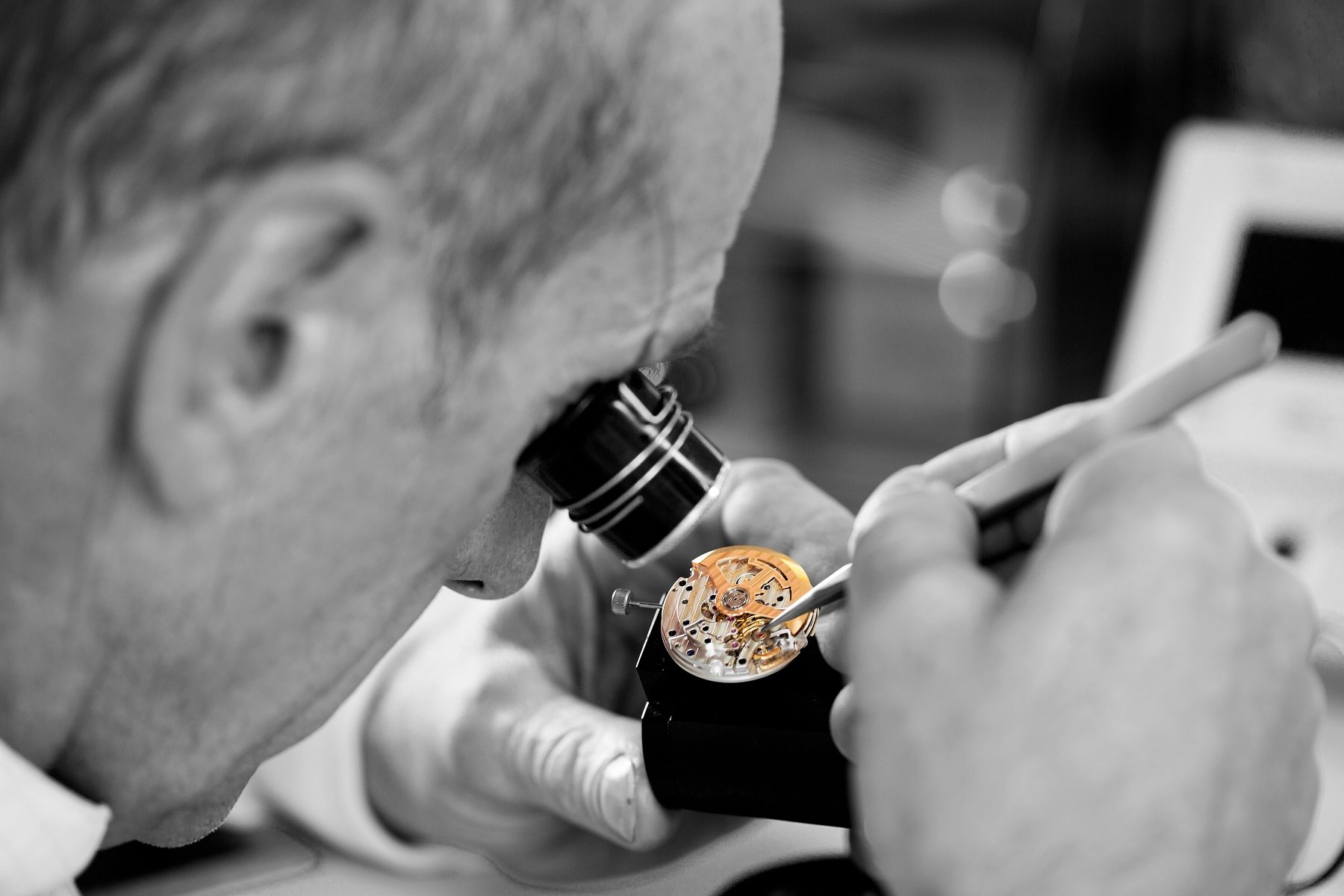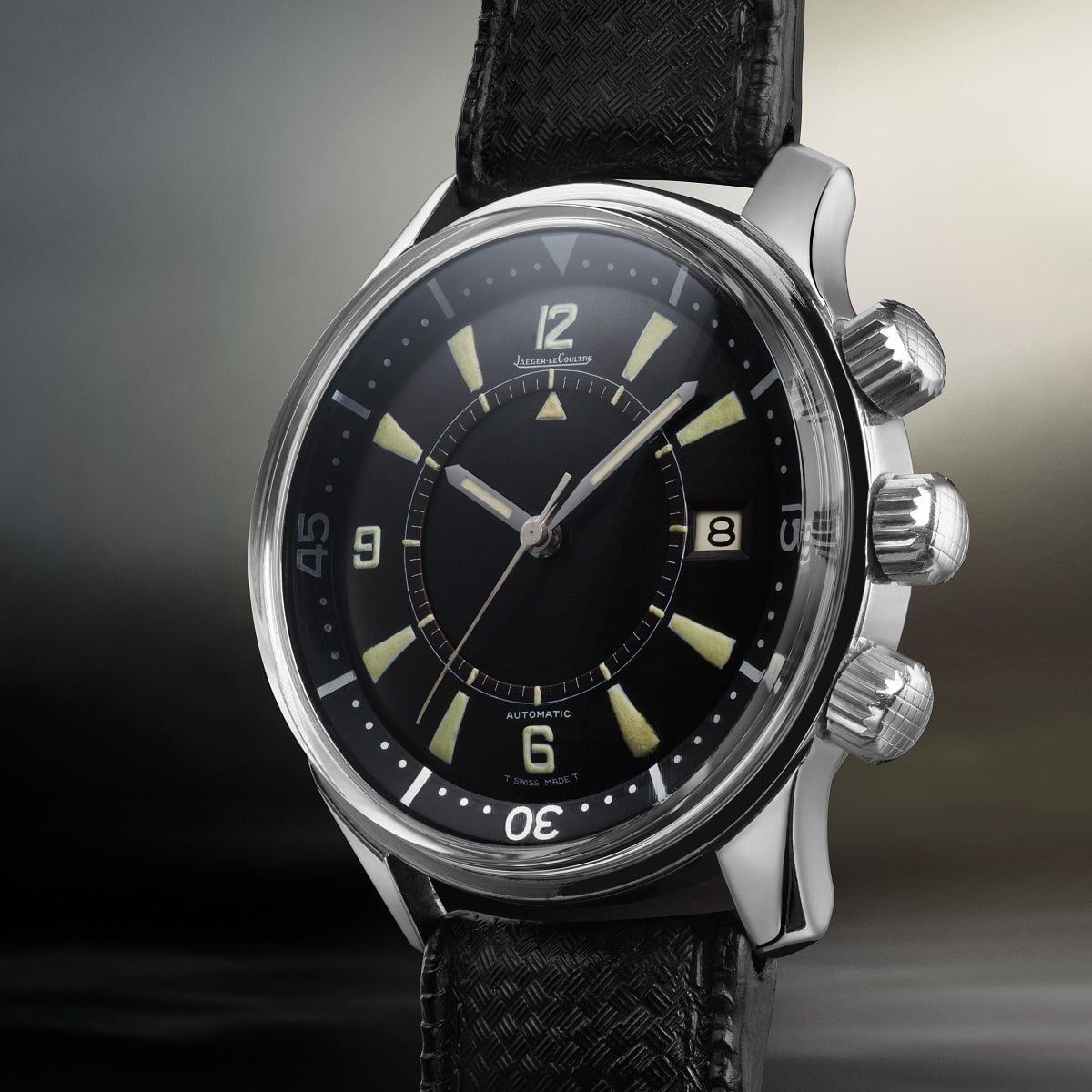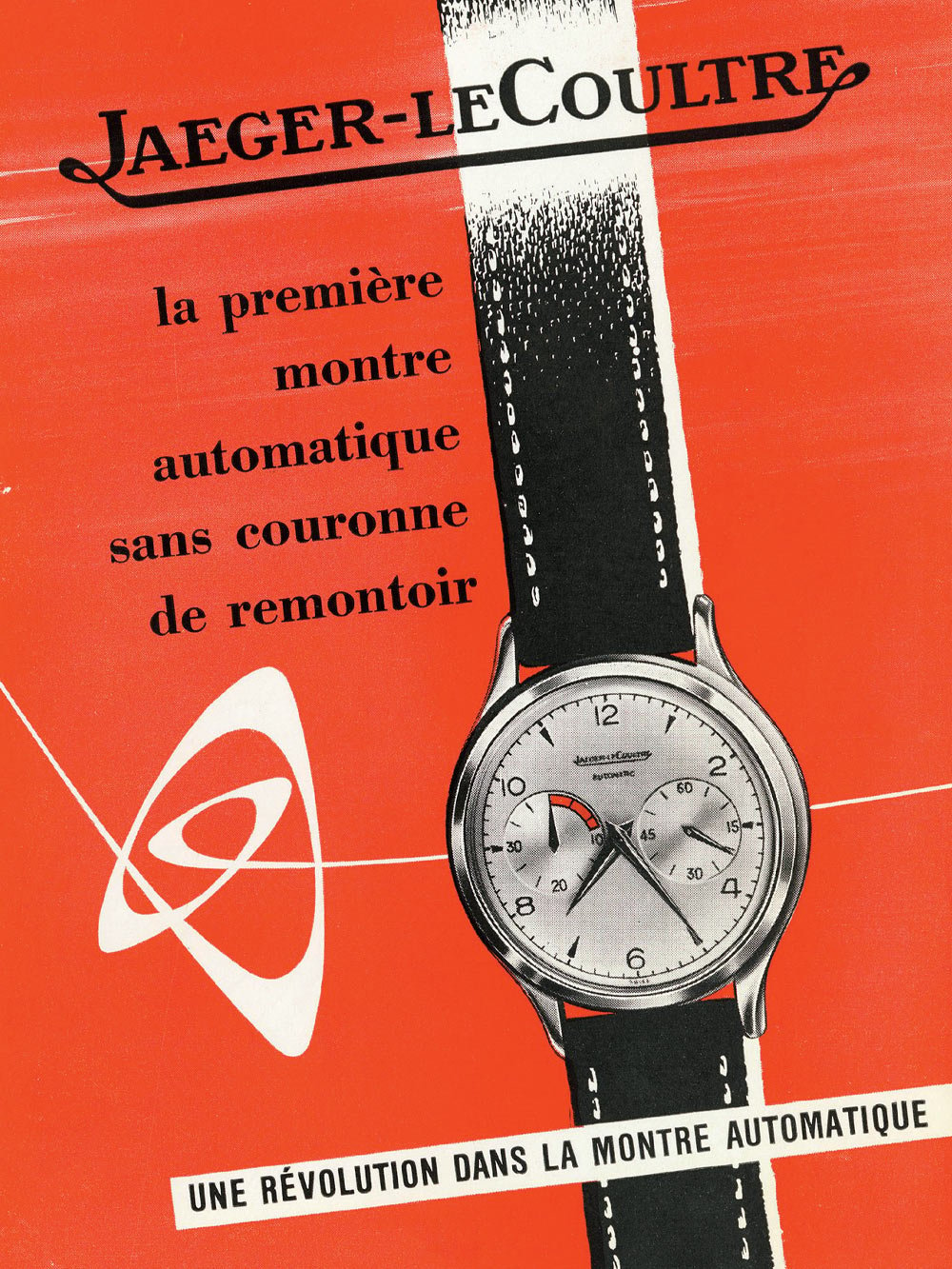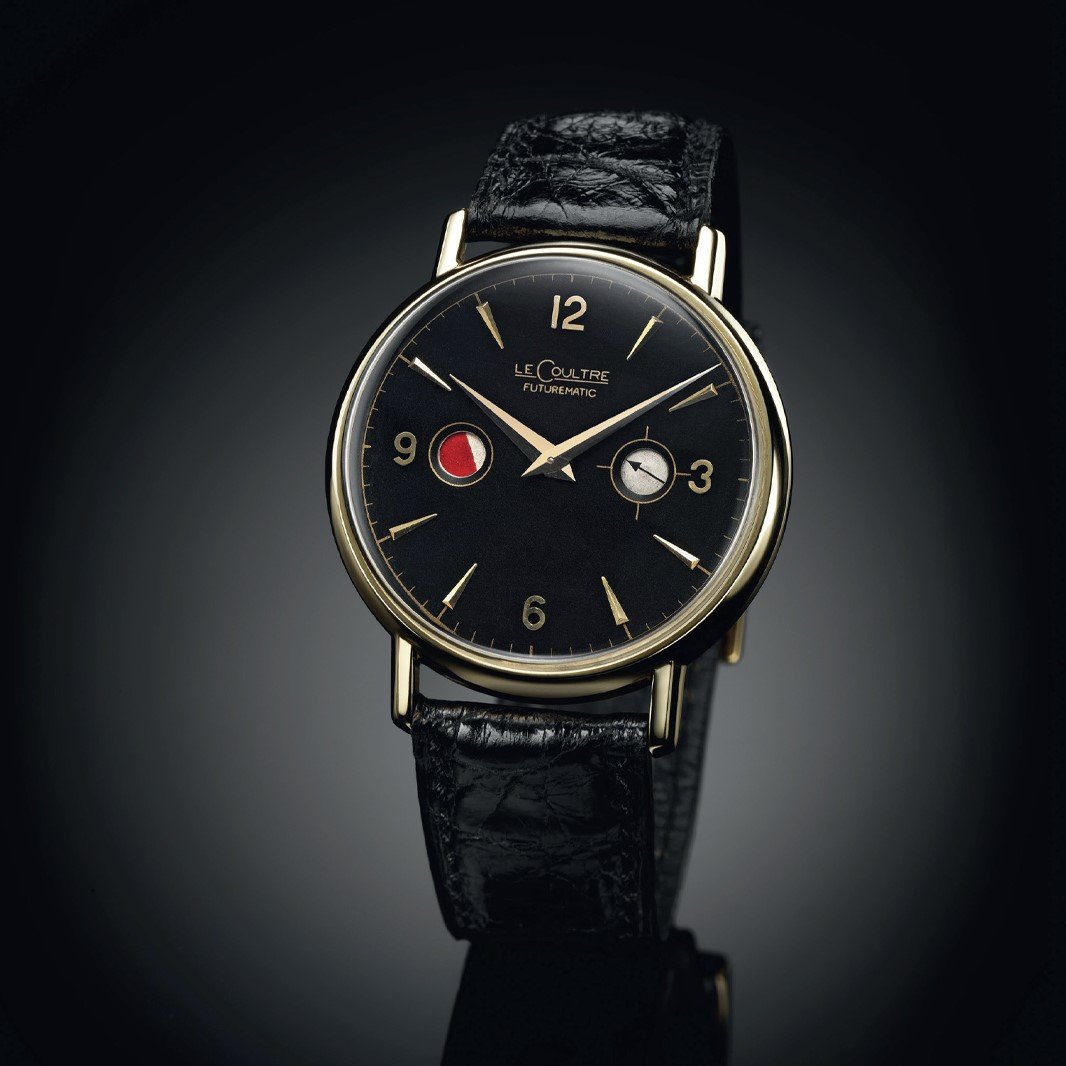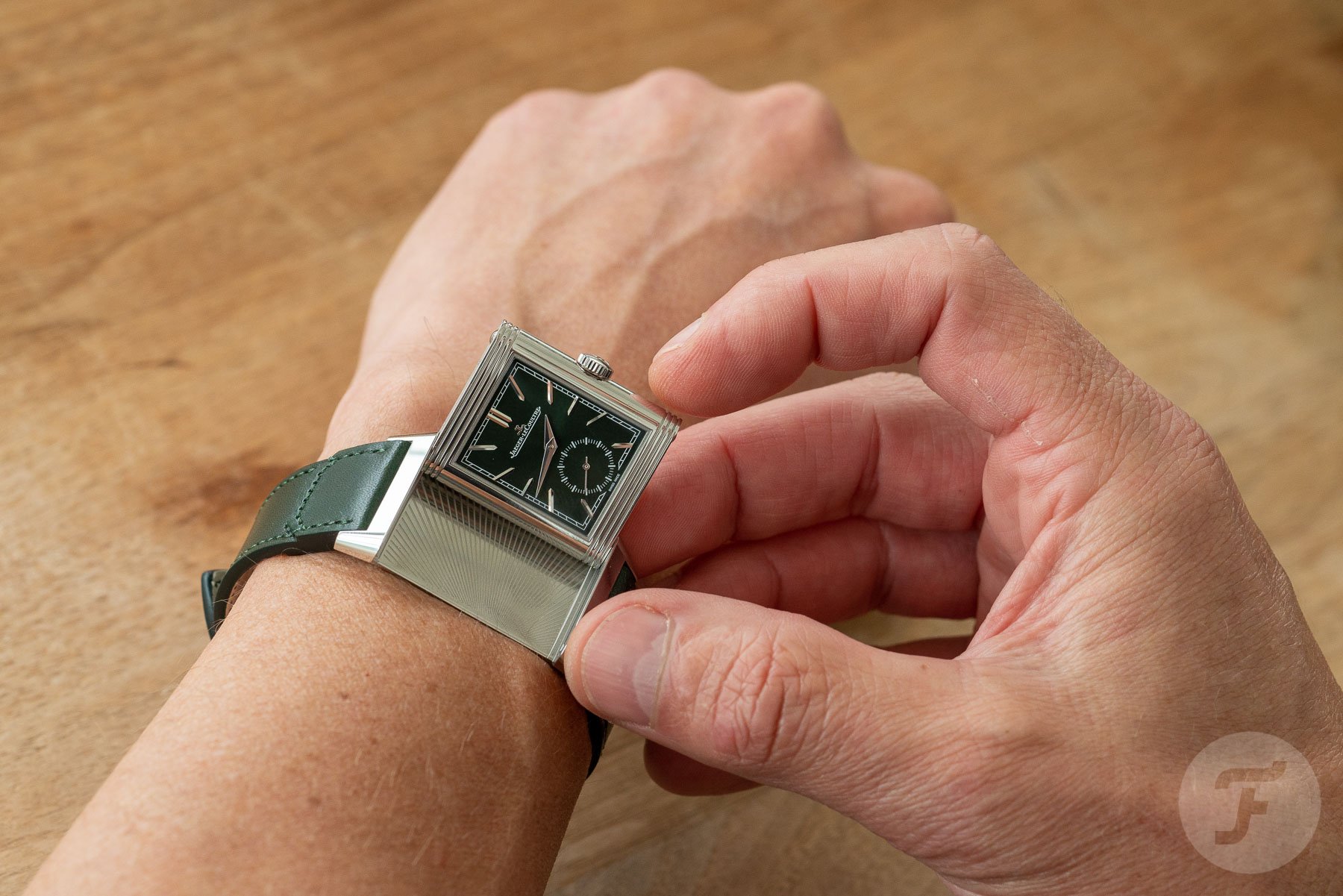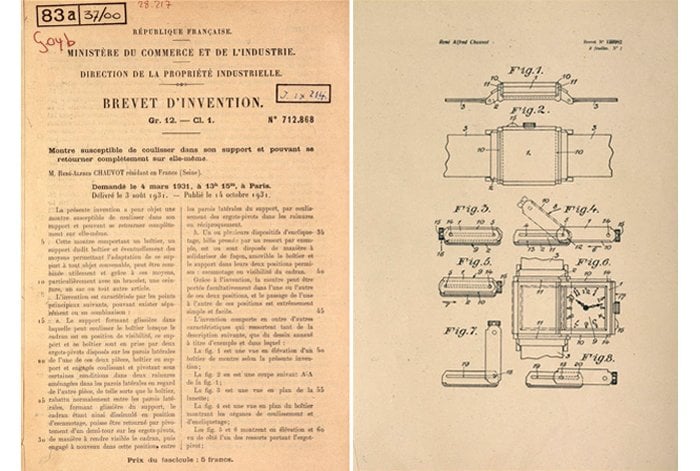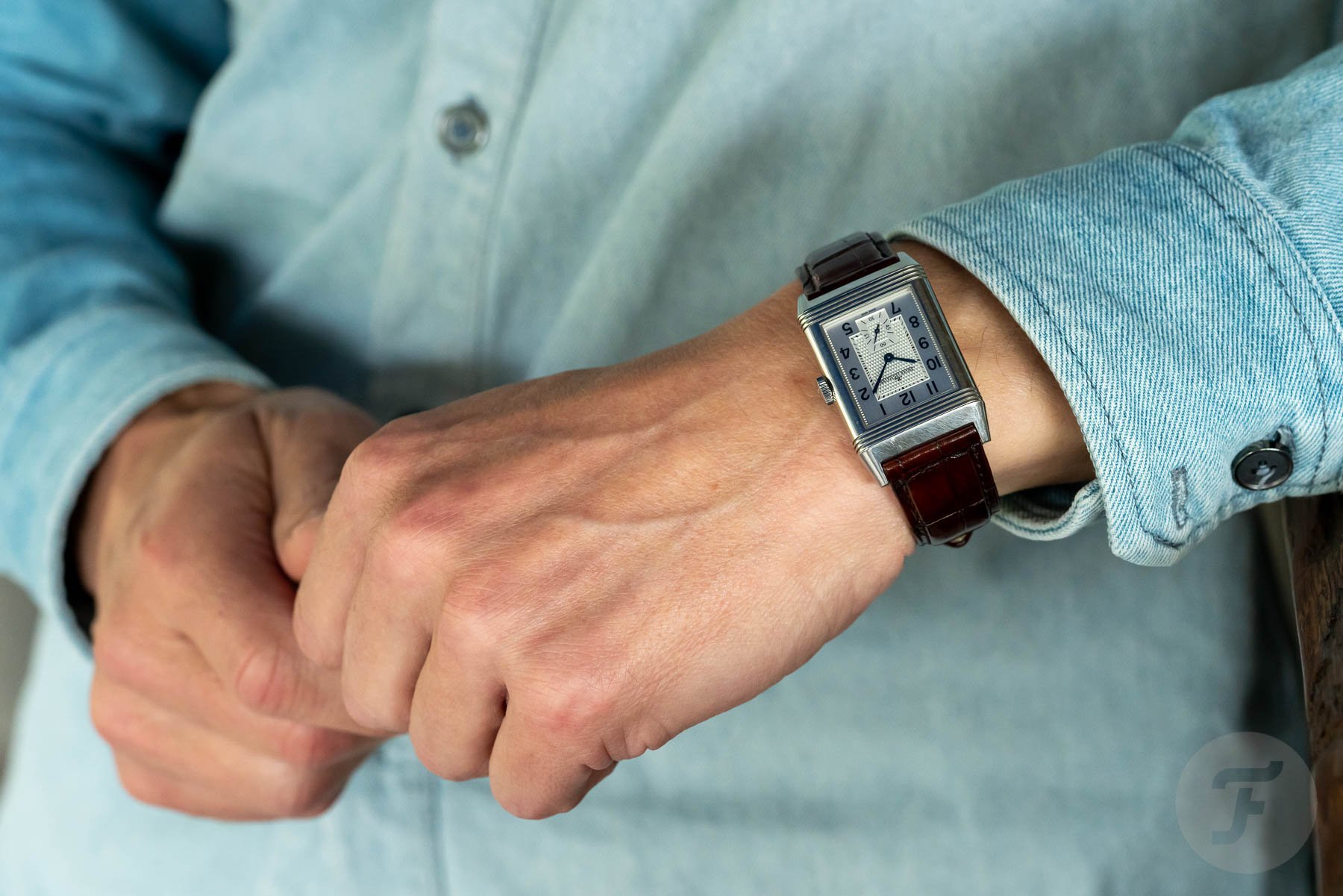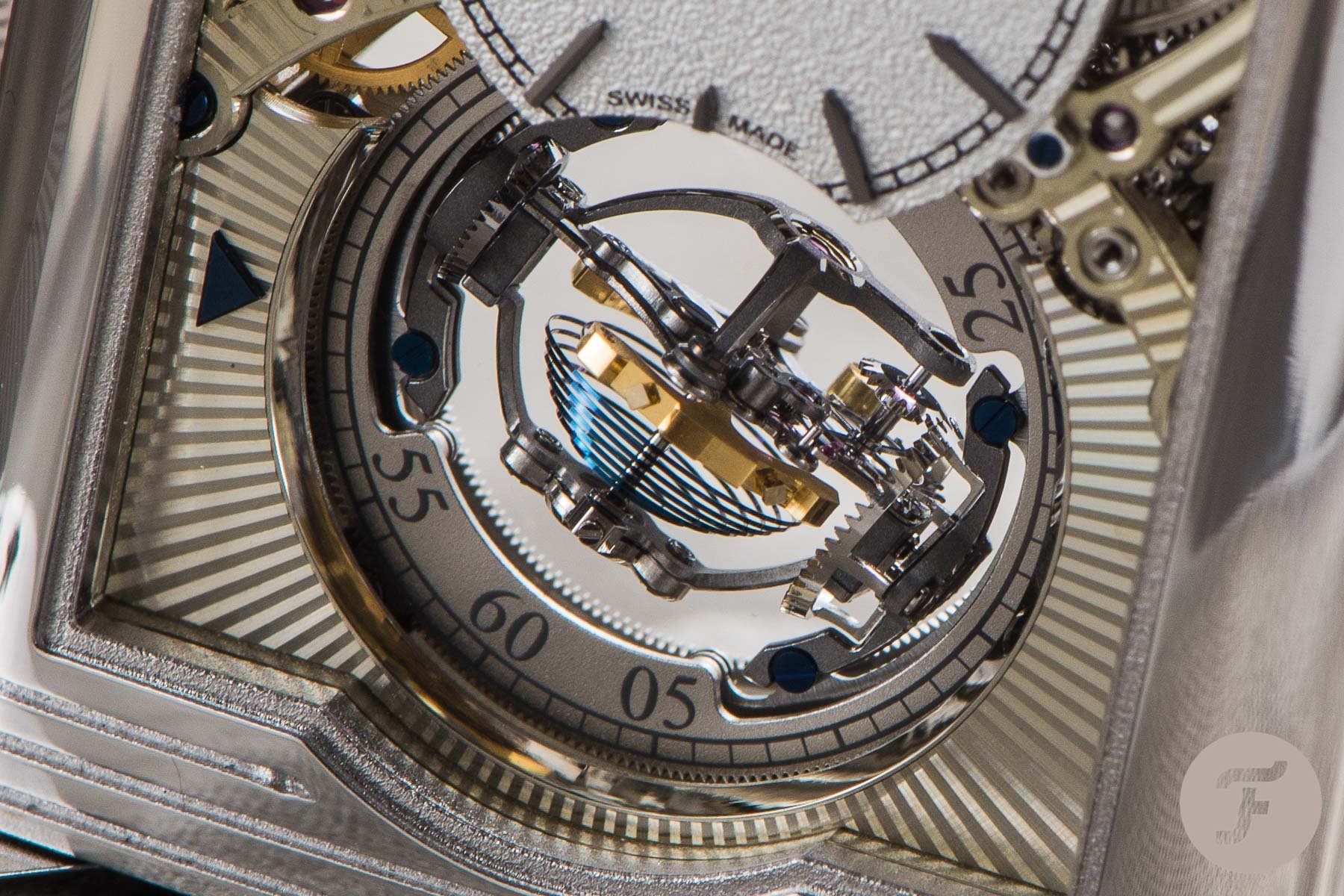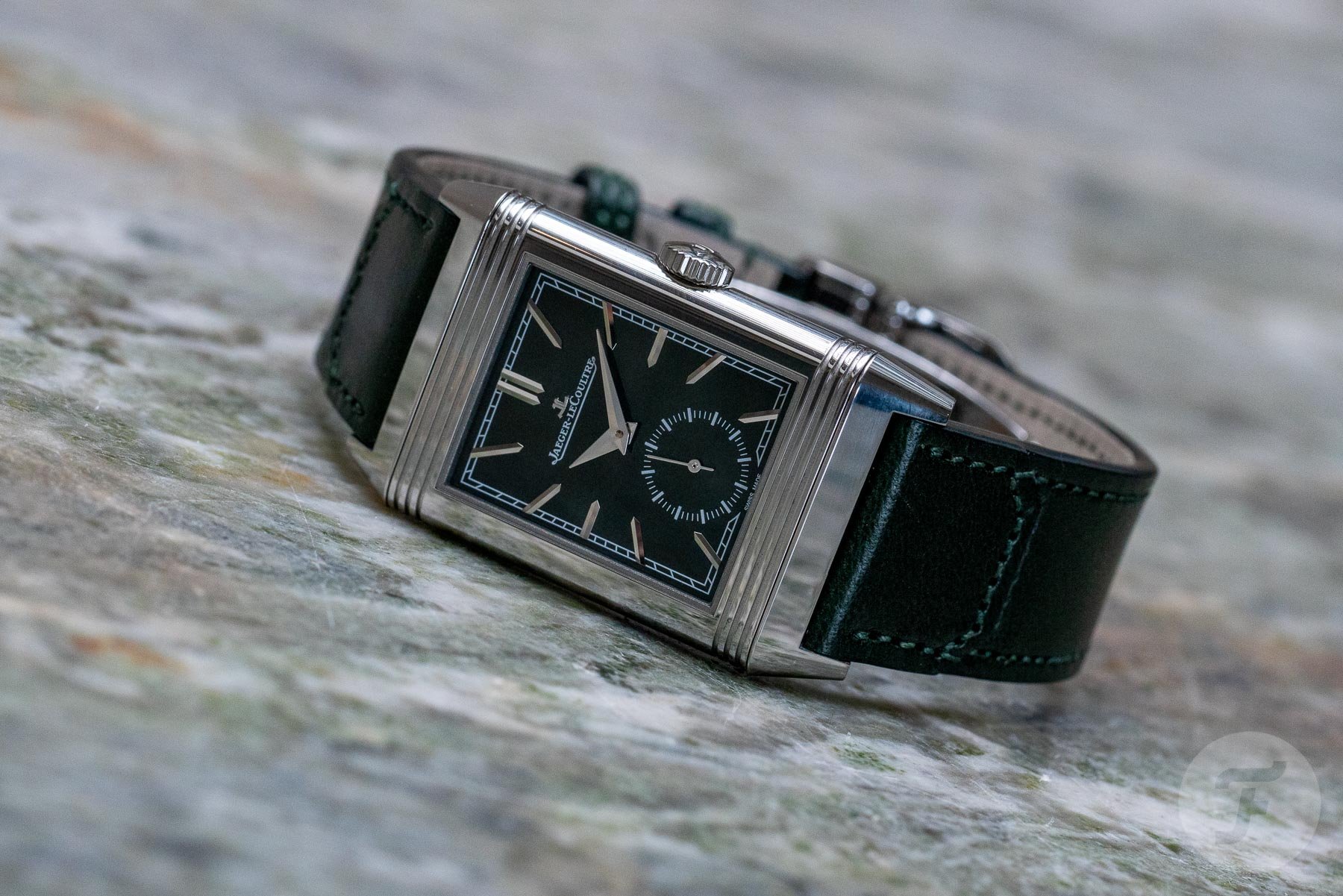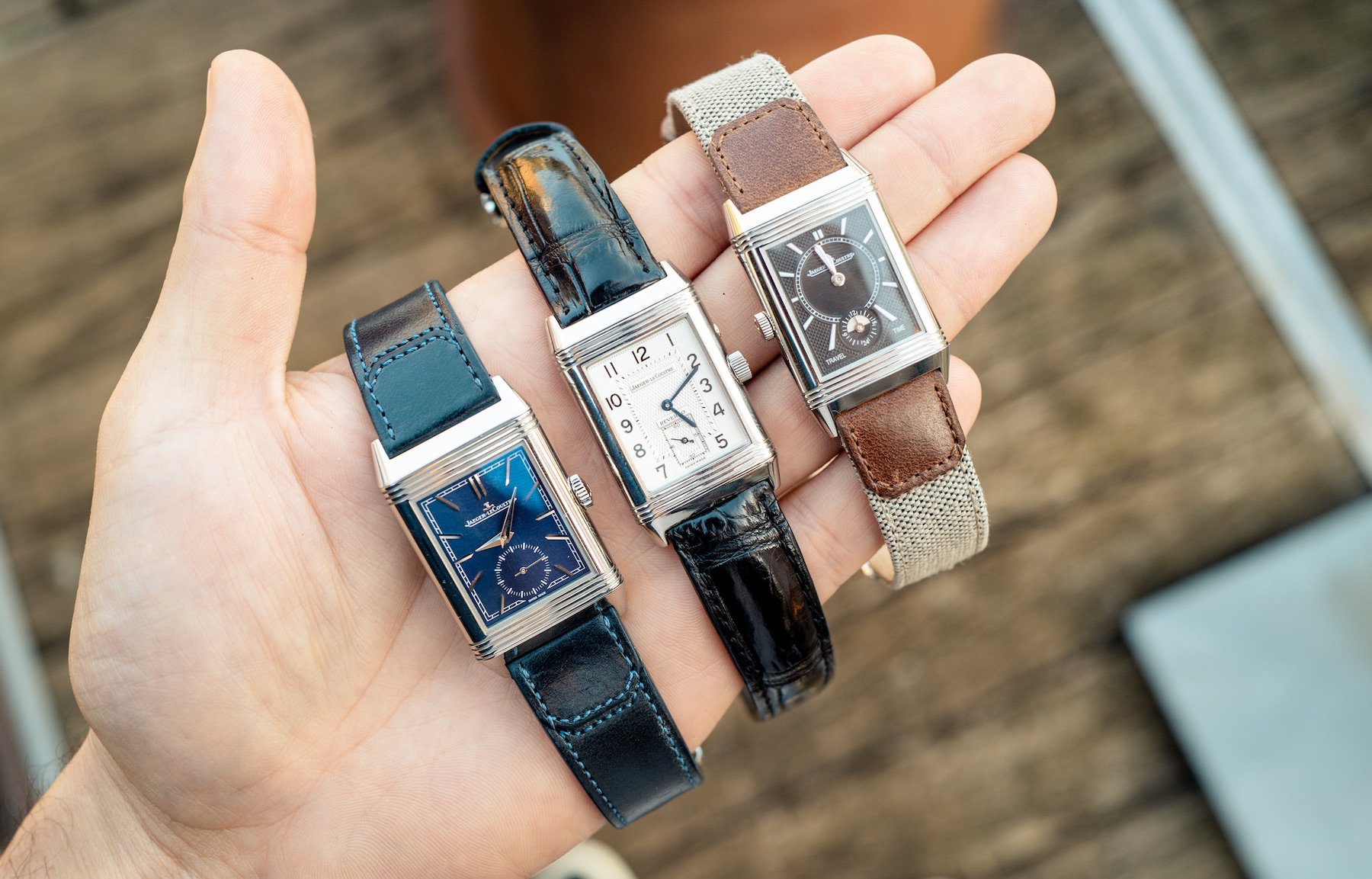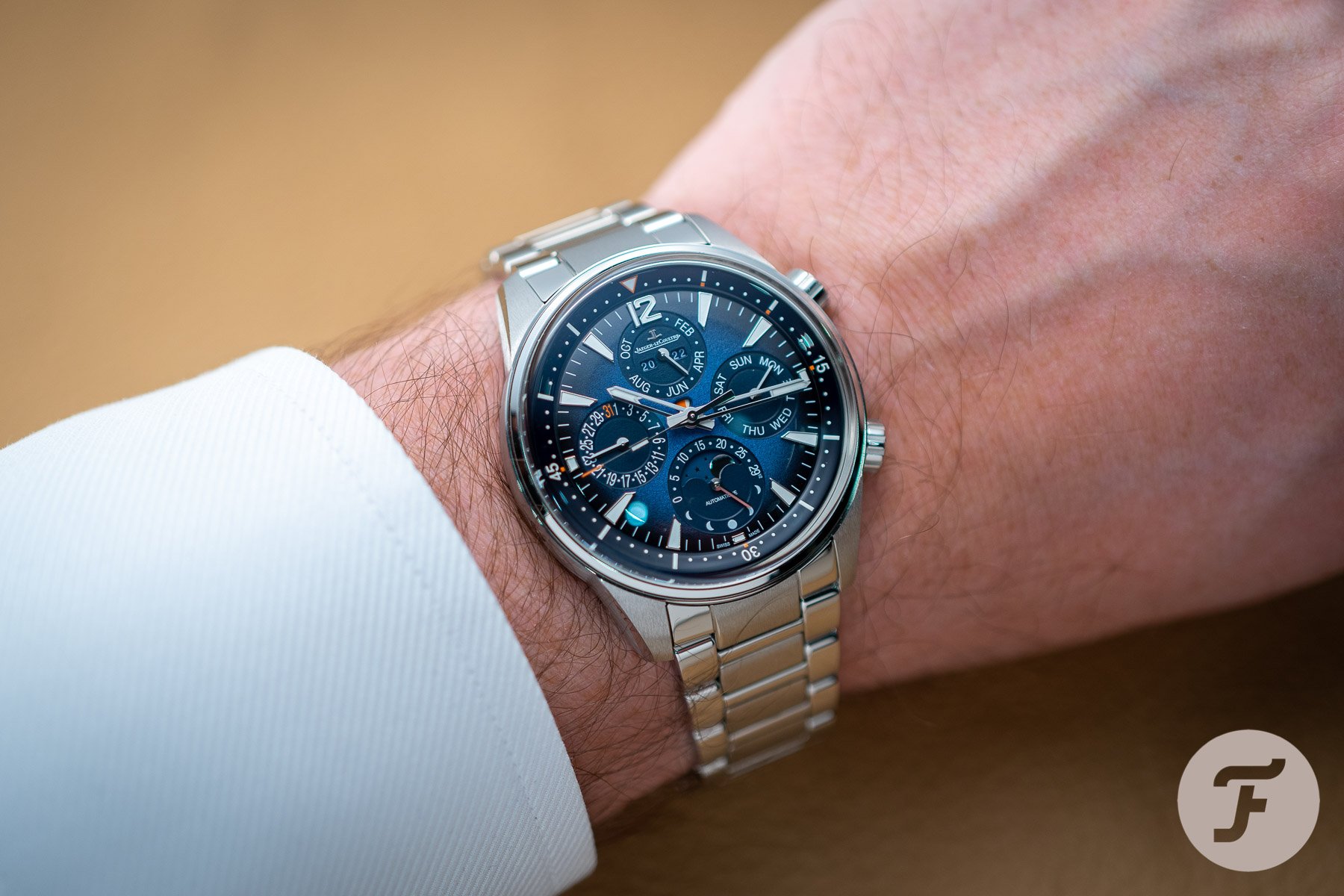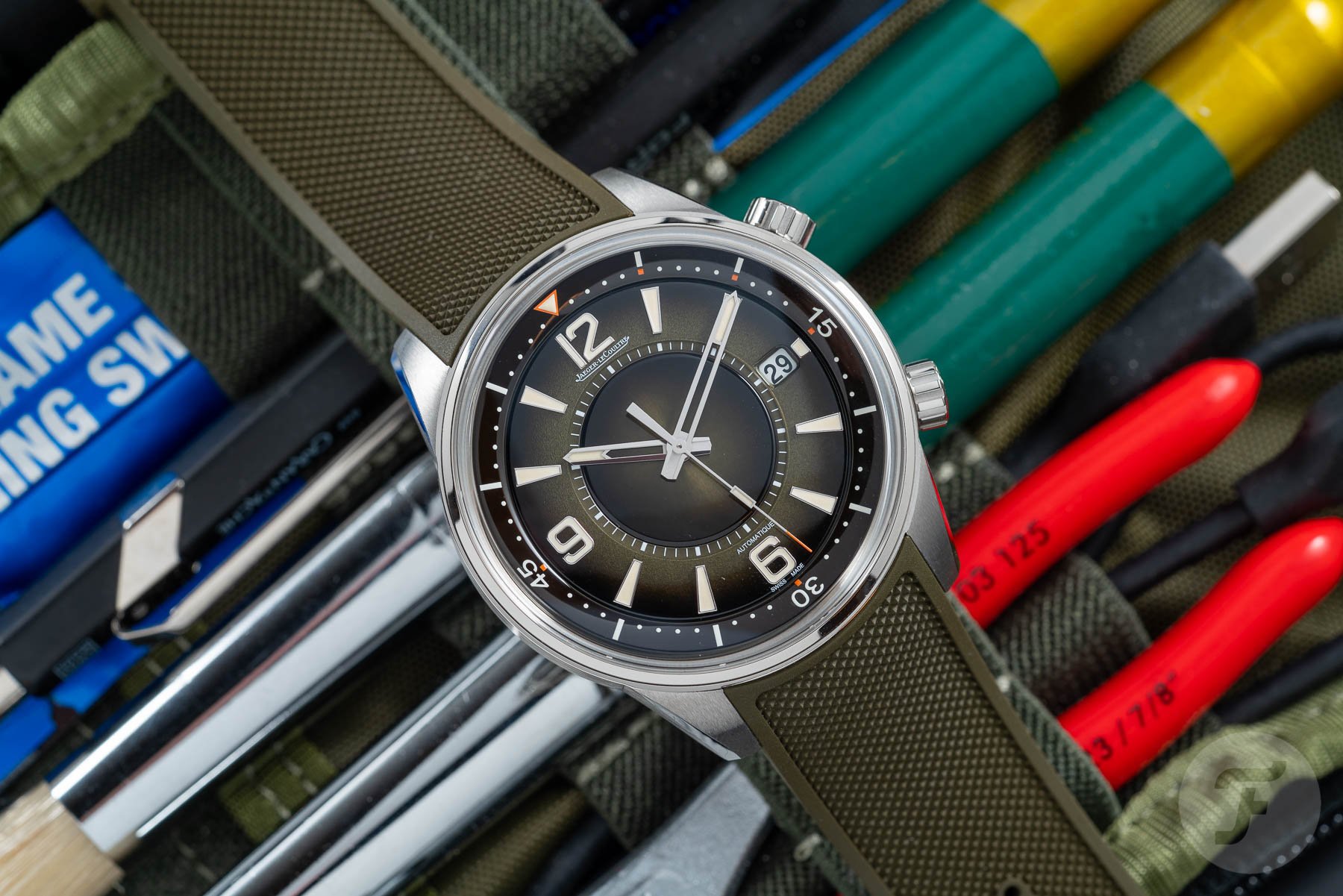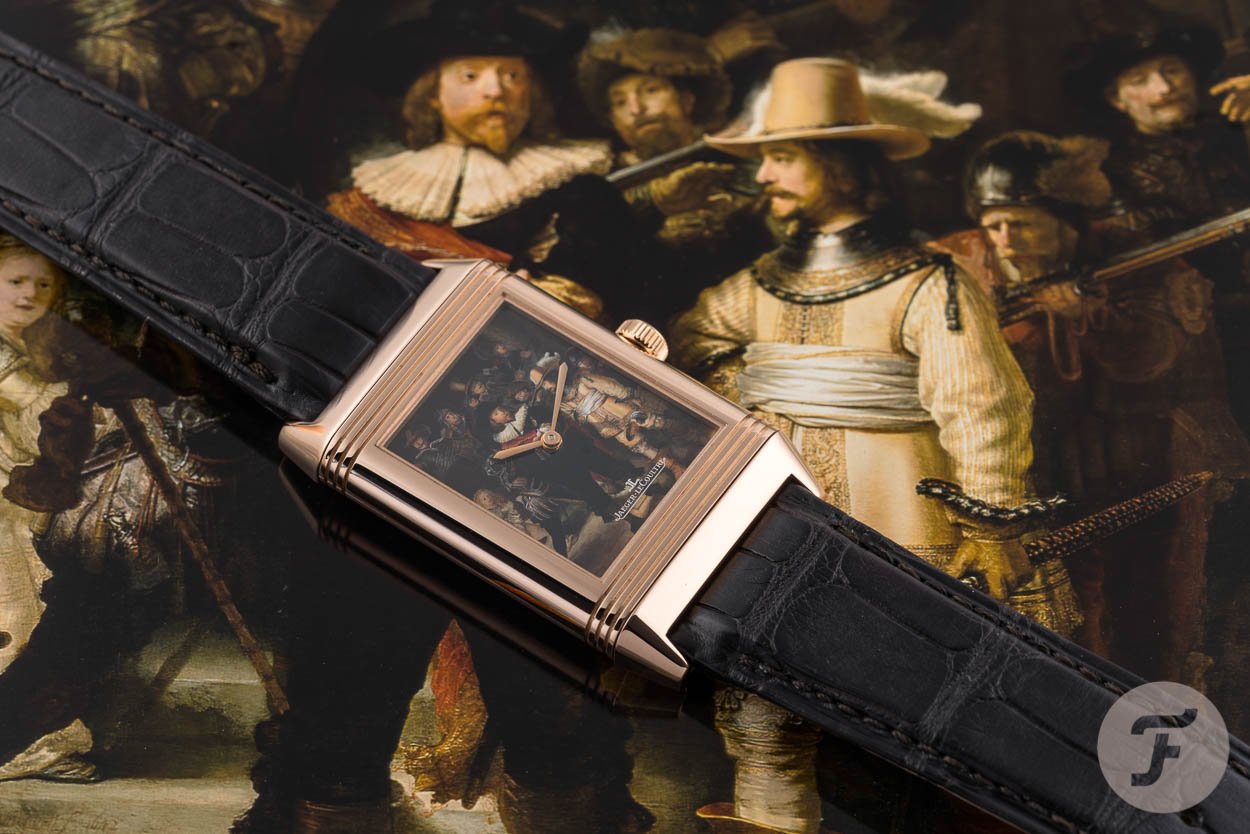Breaking Down The Brand: Jaeger-LeCoultre — The Story Of A Watchmaker Rather Than A Watch Brand
If it were possible to invite all the watch fans in the world to the Jaeger-LeCoultre manufacture in Le Sentier in the remote Vallée de Joux, the Swiss brand would possibly be the most prestigious in the world of watches. That’s quite the statement, but what “JLC” does and has been doing for ages in the one-of-a-kind valley where creating complications is second nature to local watchmakers is extraordinary. And it shows. “La Grande Maison” is housed in an immense production facility that has been expanding over the years, and it houses many breathtaking métiers. So why isn’t JLC the most famous watch brand out there? By breaking down the brand, we’ll find the answer to that question.
The story starts in 1833 with Antoine LeCoultre, an inventor who set up a workshop in the small village of Le Sentier in the Vallée de Joux. And the inventor’s spirit has remained strong ever since. Precision, mechanics, and technical innovation were the foundation on which La Grande Maison was built, and today, those values endure as the manufacture brings together 180 different métiers under one roof. Over time, JLC 430 registered patents and produced over 1,300 unique calibers. Many of these are on display in the Heritage Gallery. The gallery features an impressive wall of movements. And the gallery itself is located inside the original farmhouse that Antoine LeCoultre transformed into a workshop. Over time, the former farm became an integral part of the ever-expanding manufacture.
Jaeger-LeCoultre — the “Watchmaker of Watchmakers”
What most movements on display in the Heritage Gallery have in common is their pioneering spirit. The often groundbreaking calibers made at Jaeger-LeCoultre didn’t only make their way to the manufacturer’s own creations. JLC movements also worked their mechanical magic inside timepieces with names like Audemars Piguet, Patek Philippe, and Vacheron Constantin on the dial. Jaeger-LeCoultre absolutely deserves the unofficial title “Watchmaker of Watchmakers.” But there’s a fundamental difference between a watchmaker and a watch brand. And in today’s world, branding, brand awareness, and brand perception are everything.
Inside the Jaeger-LeCoultre manufacture and down the Haute Horlogerie rabbit hole
A Jaeger-LeCoultre factory visit starts with a look inside the tooling workshop. The amount of tools the company has to produce all kinds of watch parts is staggering. And what is most impressive is that there are still very old wooden models of tools that predate the CAD/CAM era by many, many decades. JLC makes its own tools to produce the swages needed to stamp watch parts. And because it has always done so, the archive holds more than 6,000 swages.
That is impressive, for sure, but mainly from an engineering perspective. It’s the stuff that speaks to watch fans who have disappeared into the Haute Horlogerie rabbit hole — the in-crowd that can appreciate the fact that for each new movement, JLC has to produce around 100 new swages to be able to make the parts to get that movement running. They will also be blown away when, later during the factory tour, they see the action in the complications workshop and experience the silence in the room where the Atmos is built.
Innovative functionality — a JLC specialty
Equally impressive, and surely inspiring for watch insiders, is a peek into the atelier where the watchmakers restore vintage Jaeger-LeCoultre creations. You could witness a watchmaker work on a special watch with a special function. Before the Quartz Crisis, focusing on functionality made complete sense. For instance, if you wanted a watch to tell you via vibrations that it was time to swim back to the surface, JLC had the watch for you — the 1968 Memovox Polaris is an undisputed highlight in the horology timeline. Furthermore, technical innovation went hand in hand with a daring, unusual design.
The 1950s Futurematic, for instance, was an automatic watch that looked perfectly symmetrical due to the crown in the back. And at the same time, the Futurematic was technically advanced and interesting from a watchmaking perspective. The bumper rotor, for instance, locked when the mainspring, capable of 40 hours of power reserve, was fully wound. The system reduced wear on the double rotor that turned above and below the movement. This unusual feature was not different just to be different. The double rotor balances the wear on the delicate pivots and thus prolongs the rotor’s lifespan.
JLC doesn’t do simple
It’s a fact that neither ancient tools nor modern CNC machines and technical inventions, no matter how clever or original, have an irresistible appeal to the masses. It doesn’t matter how impressive it is that the minuscule spherical cage of the Gyrotourbillon is meticulously milled from a small block of steel and then manually finished to perfection by one of many skilled artisans that work at La Grande Maison. A watch with a Gyrotourbillon (a tourbillion that turns on multiple axes and an incredibly complicated JLC invention to boot) is not simply a limited edition masterpiece that only the happy few can afford and get their hands on. Indeed, it is also a creation that you need to thoroughly understand to fully appreciate. A complicated watch is harder to grasp and therefore harder to like than a “simple” watch. And JLC doesn’t really do simple.
Jaeger-LeCoultre Reverso — it’s always complicated
Even Jaeger-LeCoultre’s pearl in the crown — the watch that has existed since 1931, the rectangular Reverso with its reversible case — is anything but simple. A modern Reverso case is made with more than 50 parts, for instance. So even a Reverso One with a quartz movement isn’t a simple, uncomplicated watch. The Reverso, with its unmistakable Art Deco design intended for polo players, is a sports watch by birth that is now seen as a classic watch. The rectangular case is to “blame” for this. Everyday watches are round. When a watch isn’t round, it “must” be a dress watch. Round cases have become the standard, whereas differently shaped cases are the exception.
What about the TAG Heuer Monaco? And an even more urging question, what about Cartier? The square Monaco was, is, and always will be a watch for a small group of connoisseurs. Cartier, on the other hand, with its many Tank models, has something that Jaeger-LeCoultre doesn’t. The French brand, a producer of many different high-end luxury products, is a symbol of luxury known to billions of people worldwide. Cartier’s brand awareness and perception are completely different from that of JLC, a specialized watchmaker. The Reverso might be the rectangular watch of choice for watch aficionados, but a Tank is the perfect choice for less informed people who want to wear a rectangular luxury watch with an easily recognizable style that speaks of sophistication and good taste.
“The Reverso is bigger than Jaeger-LeCoultre”
Currently, the Reverso is enjoying its second youth. The Quartz Crisis wasn’t kind to the Reverso. It was an Italian watch dealer who, in 1972, outfitted around 200 empty Reverso cases with mechanical movements that marked the beginning of the rebirth of the watch. Ten years later, JLC reintroduced the Reverso. Since then, dozens of new versions have come onto the scene. And as you would expect, many of those were complicated watches. Think perpetual calendars, multi-axial tourbillons, the Duoface with two dials and a dual-time complication, but also the Reverso Grande Complication a Triptyque with no less than three functional faces.
It was JLC exec Stéphane Belmont, who has been with the brand since 1999, who once said it very clearly, openly, and honestly. “The Reverso is bigger than Jaeger-LeCoultre,” he stated over lunch after visiting some of the manufacture’s ateliers. He explained that many recognize the shape of the watch and know the name but don’t always know who made the watch. To say that the Reverso has spun out of control would be a huge overstatement, but the unique watch puts less unique (read “round”) watches in the shadow. And what you should always keep in mind is that the Reverso is a niche product produced by an already-niche brand.
Swiveling cases versus magnifying glasses
In essence, a watch with a reversible case is just as iconic and unique as the fluted bezel in combination with a Cyclops magnifier on the crystal. Too bad that the magnifying glass over the date is instantly visible and made by a company that produces over 800,000 watches per year. And that company has been churning out those massive production numbers for ages. It also strongly focused on people who did incredible things with the brand’s watches on their wrists. The brand with the crown, which I will not name, has always been telling big stories. Numbers, appealing stories, round watches — all of these factors helped create a huge following and the most desirable luxury watches in the world.
Jaeger-LeCoultre always focused on the product and acted rather modestly. It always presented itself as a watchmaker, not as a watch brand. But what does modesty bring you in a loud world that only seems to become more deafening on- and offline? Instant status by showing off might be a shallow affair; social media is filled with it, and it sets the tone and pace for millions of people. And if you think the comparison with the crowned brand is off, what about a comparison with the most prestigious brand from Geneva that used Jaeger-LeCoultre movements abundantly? Maybe the only real difference between the brand from Geneva and the one from Le Sentier is marketing — big-city marketing triumphing over village marketing.
A square peg in a round hole
The wearer of a Reverso and the watch itself are very much like a square peg in a round hole. The Reverso and its wearer swim against the stream. The Reverso’s current shape and look are very similar to the 1930s original, and maybe that also leads to misunderstandings. A rectangular watch from 1931 can’t possibly be a versatile, modern watch. That’s what I thought, anyway. But that opinion proved to be wrong after conducting my Reverso-wearing experiment in 2021. The Reverso is both formal and informal, sporty and classic. It really is an alternative to anything round. But I guess Elvis was right when he sang “Seeing Is Believing.” Only on the wrist will the Reverso reveal all of its abilities and qualities.
The family favorite
Jaeger-LeCoultre is one of the few luxury watch manufacturers that creates, develops, decorates, and produces all timepieces by hand within its own workshops. With JLC’s 1,000 hours of testing, the quality of every timepiece that the brand produces is guaranteed. That’s the case for the Reverso, the icon with one of the most complicated watch cases in existence, but also for the watches in the Polaris and Master collections. The only “problem” is that those collections are round and can instantly be compared with watches from both Swiss and even German competitors. The Reverso, on the other hand, has far fewer direct competitors. And that makes the Reverso an undisputed but also lonely icon. It makes the Reverso the family’s favorite child, loved by its parents, and disliked by its siblings — no matter what it does, it always does it better than them.
Jaeger-LeCoultre — a brand for future generations?
As the saying goes, it’s no use crying over spilled milk. Instead, Jaeger-LeCoultre should look ahead. It needs to become a brand that is fully aware not of the needs of Baby Boomers (circa 1946 to 1964), Generation X (circa 1965 to 1980), Millennials (circa 1981 to 1996), or Generation Z (circa 1997 to 2012), but those of Generation Alpha (circa 2010 to 2024) and beyond instead. Generation Z wants to feel accepted inside their own bubbles and needs confirmation from brands and influencers. That doesn’t really sound like a match with a traditional company that produces innovative mechanical watches with a strong connection to tradition.
What about Generation Alpha? Well, the appearance of Generation Alpha — quite possibly the largest generation in history, with more than 2 billion Gen Alphas roaming the earth — happened in the same year that Apple launched the iPad. It might not come as a surprise that Gen Alphas are almost always connected, don’t value physical contact with their peers that much, and ask Siri and Alexa for advice, not their parents. Parents who, by the way, influenced their kids with their hedonistic lifestyle and exposed them to luxury brands. But how does one reach a Gen Alpha inside their digital bubble? By virtual reality manufacture tours? Gen Zs are already very hard to reach via conventional advertising, but Gen Alphas could probably only be reached through an AI assistant or by meeting up in the metaverse. That doesn’t sound very promising for a traditional watch brand, but not all is lost.
Final contemplation about the future
Generation Alphas value transparency. That’s good news for a brand like Jaeger-LeCoultre that doesn’t have to make up stories. And a survey in the UK of 2,000 kids and their parents shows that Gen Alphas are a bit of a paradox. On the one hand, they’re progressive when it comes to gender and sexuality. But on the other hand, they’re also quite conservative. They kind of like spending quality time with the family, for instance. It’s the conservative aspect of Generation Alpha that a traditional watch brand like Jaeger-LeCoultre should appeal to. And paradoxically, avant-garde digital technologies could be the tools that JLC needs to introduce and establish itself as a brand to around 500 million consumers in the luxury market come 2030 — impressive numbers predicted by Bain & Company, a global consulting firm.
Digital tools could help (re)build the brand that’s so proud of its antique tool collection in the archives. It feels like Generation Alpha inside its digital bubble would allow Jaeger-LeCoultre to introduce itself from scratch. Being a watch brand rather than a watchmaker — from “Watchmaker of Watchmakers” to “Watch Brand of a Generation to Watch” — doesn’t sound so bad, now does it? Not if JLC manages to penetrate the bubble and holds the ever-eroding attention span of the ones inside it. But when it does, maybe by presenting itself a little more boldly and with more bravado but with the same quality watches to back up the brand’s swagger, it could work. Jaeger-LeCoultre even has the choice between pushing rectangular or round watches. Think long and hard about that, Jaeger-LeCoultre, but not too long. The Atmos clock is ticking.
Find and follow me at Lex Stolk • Instagram.


